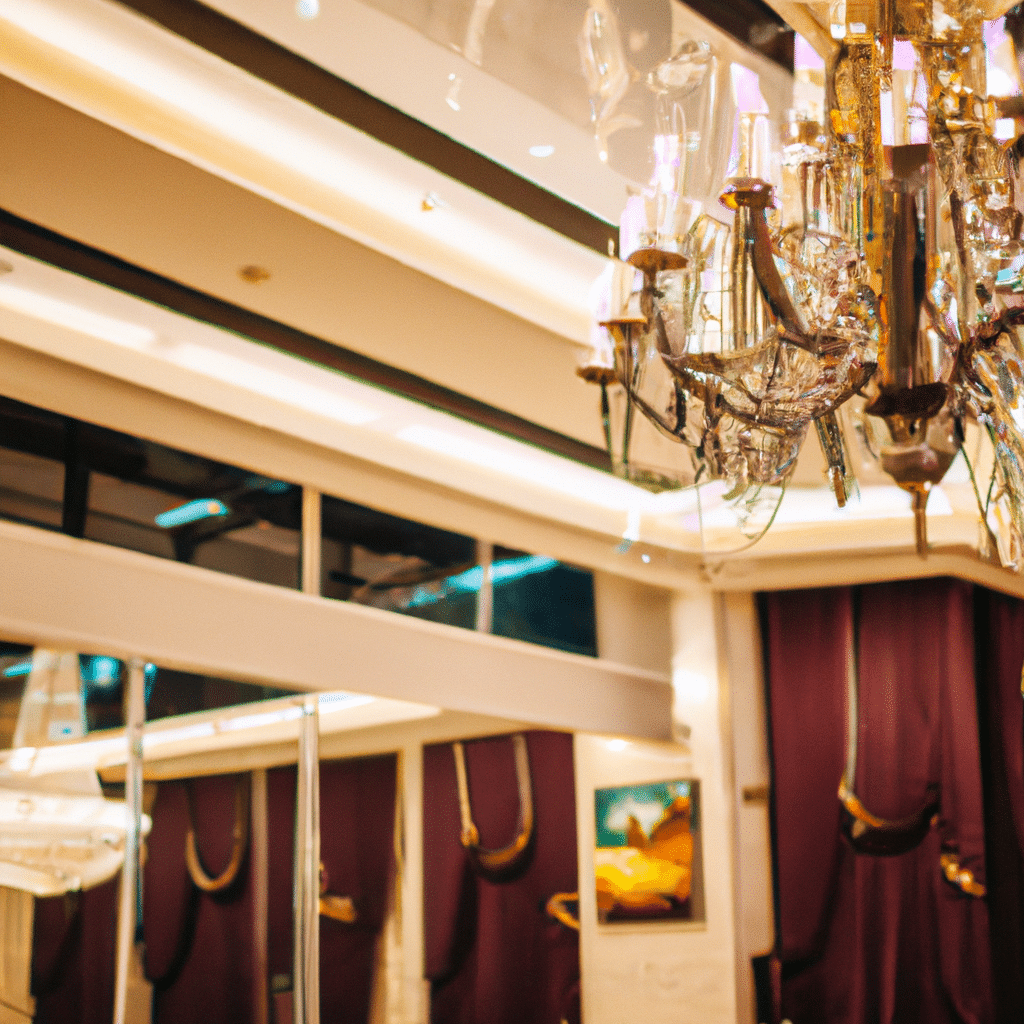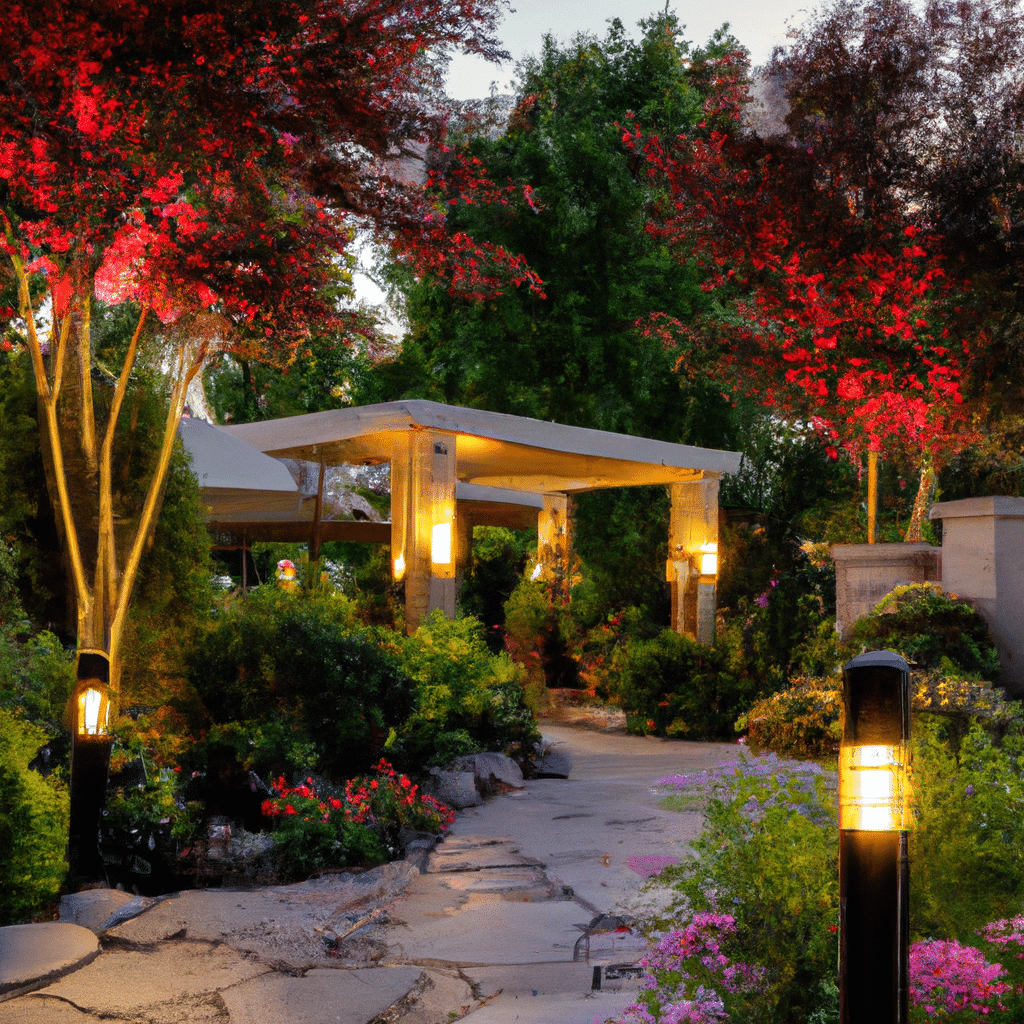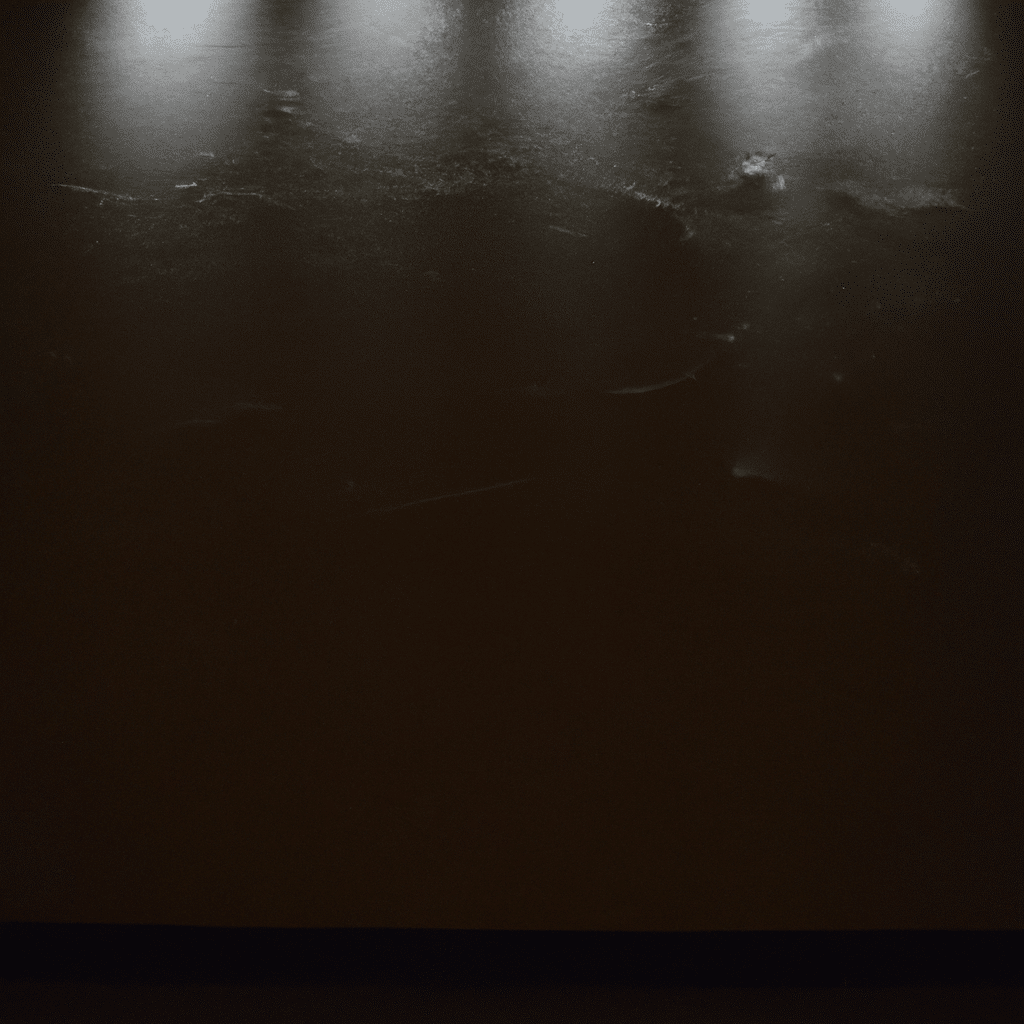
Welcome to our comprehensive guide on lighting color temperatures! Lighting plays a crucial role in creating the perfect ambiance and enhancing the overall aesthetics of any space. One aspect of lighting that often goes unnoticed is color temperature. Understanding lighting color temperatures and how they can impact different rooms can help you create the desired atmosphere and set the right mood. In this article, we will delve into the world of lighting color temperatures, explore their effects on various spaces, and provide you with expert tips to choose the perfect hue for every room in your home.
What is Lighting Color Temperature?
Before we dive into the details, let’s start by understanding what lighting color temperature actually means. Color temperature is a characteristic of light that describes its appearance, specifically the color it emits. It is measured in Kelvin (K) and ranges from warm to cool. Warm color temperatures, typically around 2700K-3000K, give off a cozy and inviting glow similar to traditional incandescent bulbs. On the other hand, cool color temperatures, around 5000K-6500K, emit a bright and crisp light similar to daylight.
Effects of Lighting Color Temperatures
1. Warm Color Temperatures for Living Spaces
In living spaces such as the living room, bedroom, or dining area, warm color temperatures are often preferred. These spaces are meant for relaxation and comfort, and warm lighting helps create a cozy and inviting atmosphere. Warm light enhances the natural warmth of wood furniture, creates a sense of intimacy, and promotes a relaxing environment. Whether you are curled up with a book or hosting a dinner party, warm lighting sets the perfect mood.
2. Cool Color Temperatures for Task-Oriented Areas
Areas where tasks requiring focus and concentration are performed, such as home offices, kitchens, and study rooms, benefit from cool color temperatures. Cool light promotes alertness, increases productivity, and reduces eye strain. In these spaces, it is important to have sufficient lighting that mimics natural daylight, ensuring optimal visibility and task performance.
3. Natural Lighting for Workspaces
When it comes to workspaces, natural lighting is highly coveted. Sunlight provides the most accurate representation of color and is known to boost mood and productivity. If possible, position your workspace near a window to take advantage of natural light. However, in situations where natural light is limited, a combination of warm and cool lighting can be used to create a harmonious and balanced work environment.
4. Accent Lighting for Artwork and Décor
Artwork, sculptures, and other decorative elements can be elevated with the use of accent lighting. Choosing the right lighting color temperature is crucial to showcase the colors and textures of these pieces. In general, cool color temperatures work best for modern and contemporary art, while warm color temperatures enhance the richness and depth of traditional and vintage pieces.
Tips for Choosing the Perfect Lighting Color Temperature
Now that we have explored the effects of different lighting color temperatures in various spaces, let’s discuss some expert tips to help you choose the perfect hue for every room in your home:
1. Consider the Room’s Function
Start by considering the primary function of the room. Is it a space for relaxation, work, or socializing? Understanding the purpose of the room will guide you in selecting the appropriate lighting color temperature.
2. Harmonize with Existing Décor
Take into account the existing color scheme and décor of the room. Choose a lighting color temperature that complements the overall aesthetics and enhances the desired mood.
3. Experiment with Dimmers
Installing dimmer switches allows you to control the intensity of the lighting. This enables you to adjust the color temperature based on different activities or times of the day.
4. Layer Different Lighting Sources
Creating layers of light using different sources, such as overhead lights, table lamps, and wall sconces, adds depth and versatility to your lighting design. Mix warm and cool lighting sources to achieve a balanced and dynamic ambiance.
5. Seek Professional Advice
If you’re unsure about which lighting color temperature to choose, don’t hesitate to consult with a professional lighting designer. They can provide personalized recommendations based on your specific needs and preferences.
Conclusion
Choosing the perfect lighting color temperature is an essential aspect of interior design that can greatly influence the atmosphere and functionality of a room. By understanding the effects of warm and cool lighting, considering the room’s function and existing décor, and experimenting with different sources and dimmers, you can create a harmonious and inviting space that suits your needs. Remember, lighting is an art form, and with the right color temperature, you can transform any room into a captivating environment. So go ahead, explore the vast world of lighting color temperatures, and unveil the secrets to choosing the perfect hue for every room in your home.



